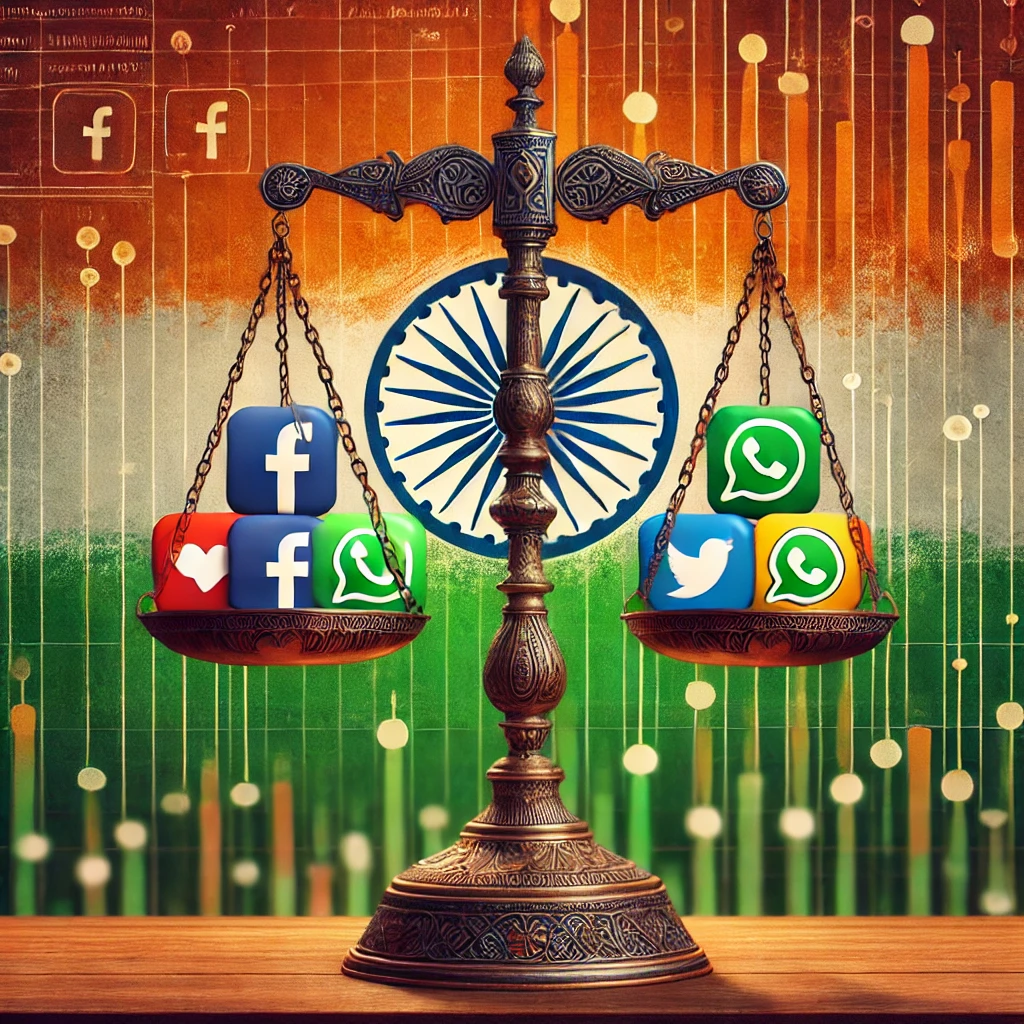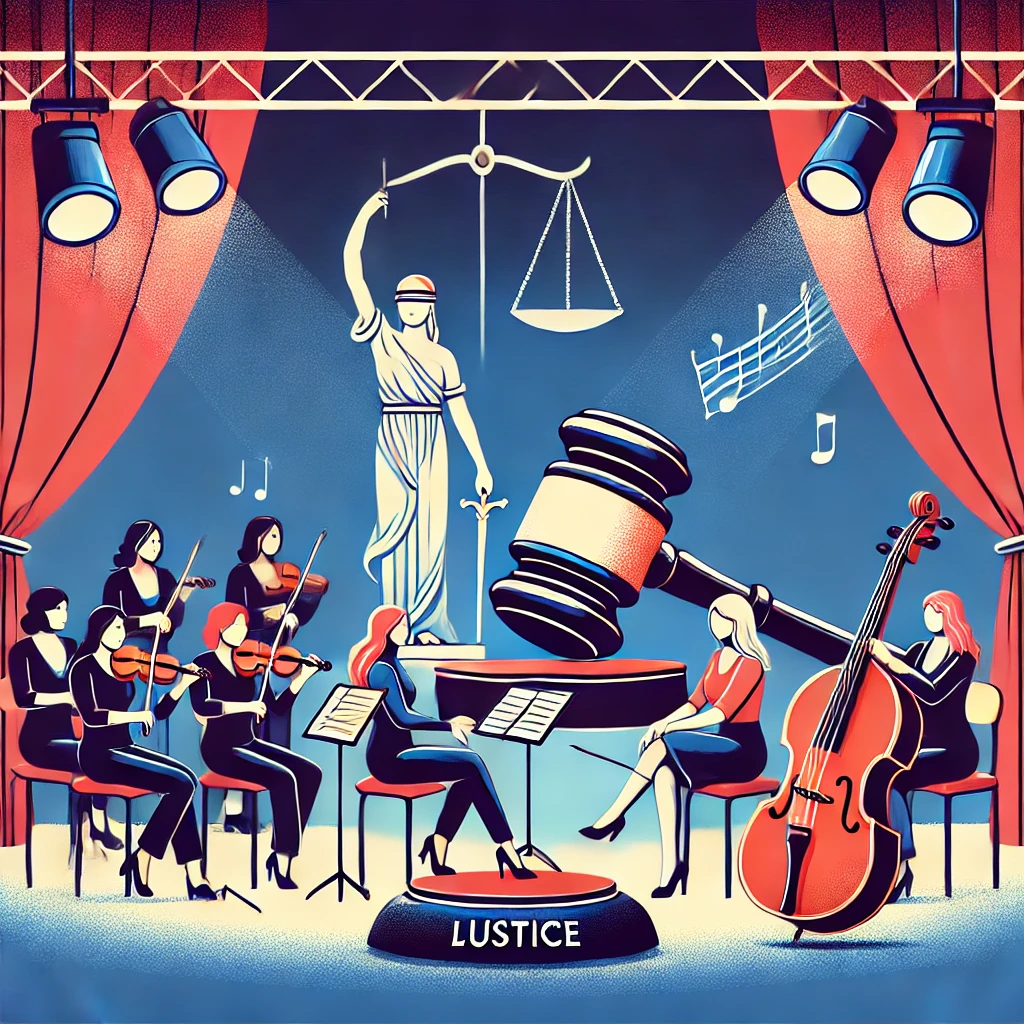The Right of Publicity under Entertainment Law
🔹 I. What is the Right of Publicity?
The Right of Publicity is the right of an individual to control and profit from the commercial use of their identity. It gives a person—usually a celebrity or public figure—the legal grounds to prevent others from using their persona for advertising, merchandising, or other promotional purposes without permission.
It stems from the broader right to privacy but is focused specifically on commercial value, rather than dignity or seclusion.
🔹 II. Scope of the Right of Publicity
The right typically protects against unauthorized commercial use of:
| Protected Element | Description |
|---|---|
| Name | Full name or commonly known stage name |
| Image/Photograph | Actual likeness or even lookalike representations |
| Voice | Recognizable voice, even imitations |
| Signature | Handwritten autograph or replicated signature |
| Persona/Identity | Unique characteristics strongly associated with the person |
It may even extend to nicknames, slogans, gestures, or distinctive styles that clearly identify the individual.
🔹 III. Elements of a Right of Publicity Claim
To successfully claim a violation of the right of publicity, the following elements are generally required:
Use of Identity: The defendant used some aspect of the plaintiff’s identity (name, likeness, etc.).
For Commercial Gain: The use was for advertising or trade, not for news, parody, or commentary.
Without Consent: The use was unauthorized.
Resulting Injury or Damages: The person suffered harm (economic, reputational, etc.).
🔹 IV. Key Case Law Illustrations
📌 1. White v. Samsung Electronics America, Inc. (1992)
Facts: Samsung ran an ad showing a robot dressed like Vanna White (host of Wheel of Fortune) standing next to a game board. White sued, claiming her right of publicity was violated even though her actual image or name wasn't used.
Issue: Can a person’s identity be violated even without using their name or photo?
Holding: Yes. The court held that Samsung had appropriated White’s identity by evoking her persona so clearly that the public would associate the robot with her.
Key Takeaway: The right of publicity covers more than just names or photos—it protects a person’s overall identity or persona if it is used to evoke their image commercially.
📌 2. Midler v. Ford Motor Co. (1988)
Facts: Ford used a Bette Midler sound-alike to sing one of her famous songs in a commercial. They had tried to hire Midler, but she declined.
Issue: Is imitating a celebrity’s voice a violation of their right of publicity?
Holding: Yes. The court held that Midler's voice was so distinctive that imitating it without permission was a misappropriation of her identity.
Key Takeaway: A distinctive voice can be part of a person’s protectable identity. Even an imitation without consent may violate publicity rights.
📌 3. Carson v. Here's Johnny Portable Toilets, Inc. (1983)
Facts: The company used the phrase "Here's Johnny!" (famously used by Ed McMahon to introduce Johnny Carson) as a slogan for toilets.
Issue: Did the use of Carson’s famous catchphrase violate his right of publicity?
Holding: Yes. The court found that the slogan was closely identified with Carson’s public persona and that its commercial use implied an association with him.
Key Takeaway: Even a catchphrase or tagline closely associated with a celebrity can be protected under the right of publicity.
🔹 V. Limitations and Defenses
Not every use of someone’s identity violates the right of publicity. There are several important limitations and defenses:
1. Newsworthiness/First Amendment
If the use is for news reporting, commentary, criticism, or parody, it's often protected.
E.g., showing an image of a celebrity in a documentary or news report may be allowed.
2. Consent
If the person grants permission, explicitly or through a contract, the use is lawful.
3. Transformative Use
If the identity is used in a creative, transformative way (like in a fictional character inspired by a celebrity), it may not be actionable.
🔹 VI. Duration and Inheritability
While not based on statute here, the right of publicity is often considered:
A property right, not just a personal one.
It may survive death, meaning an individual’s heirs or estate could enforce it, especially where the person had commercial value during life.
This has led to posthumous right of publicity cases, where families of deceased celebrities take legal action against unauthorized uses.
🔹 VII. Common Industries Where Right of Publicity Issues Arise
| Industry | Typical Use |
|---|---|
| Advertising | Using celebrity likeness or persona in commercials |
| Merchandising | T-shirts, posters, or action figures based on real people |
| Video Games | Using real athletes’ likenesses |
| Biopics/Films | Films based on real individuals’ lives |
| Social Media | Deepfakes or AI-generated celebrity content |
🔹 VIII. Summary
| Aspect | Summary |
|---|---|
| Definition | Right to control commercial use of one’s identity |
| Protected Elements | Name, image, voice, likeness, persona |
| Key Cases | White v. Samsung, Midler v. Ford, Carson v. Here's Johnny |
| Limitations | News, parody, consent, transformative use |
| Purpose | Prevent false endorsements and protect economic value of fame |
🔹 Final Note
The right of publicity plays a central role in protecting artists, celebrities, and even influencers from unauthorized commercial exploitation. While rooted in privacy principles, its primary function under entertainment law is to safeguard the economic value of fame and ensure that individuals—not companies or opportunists—benefit from their public persona.












0 comments